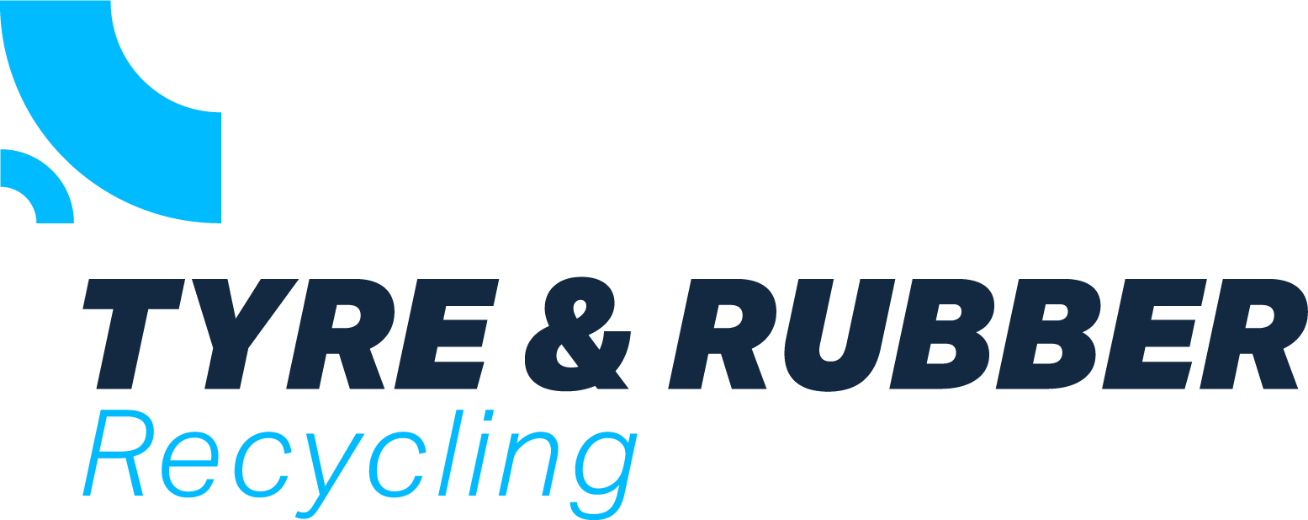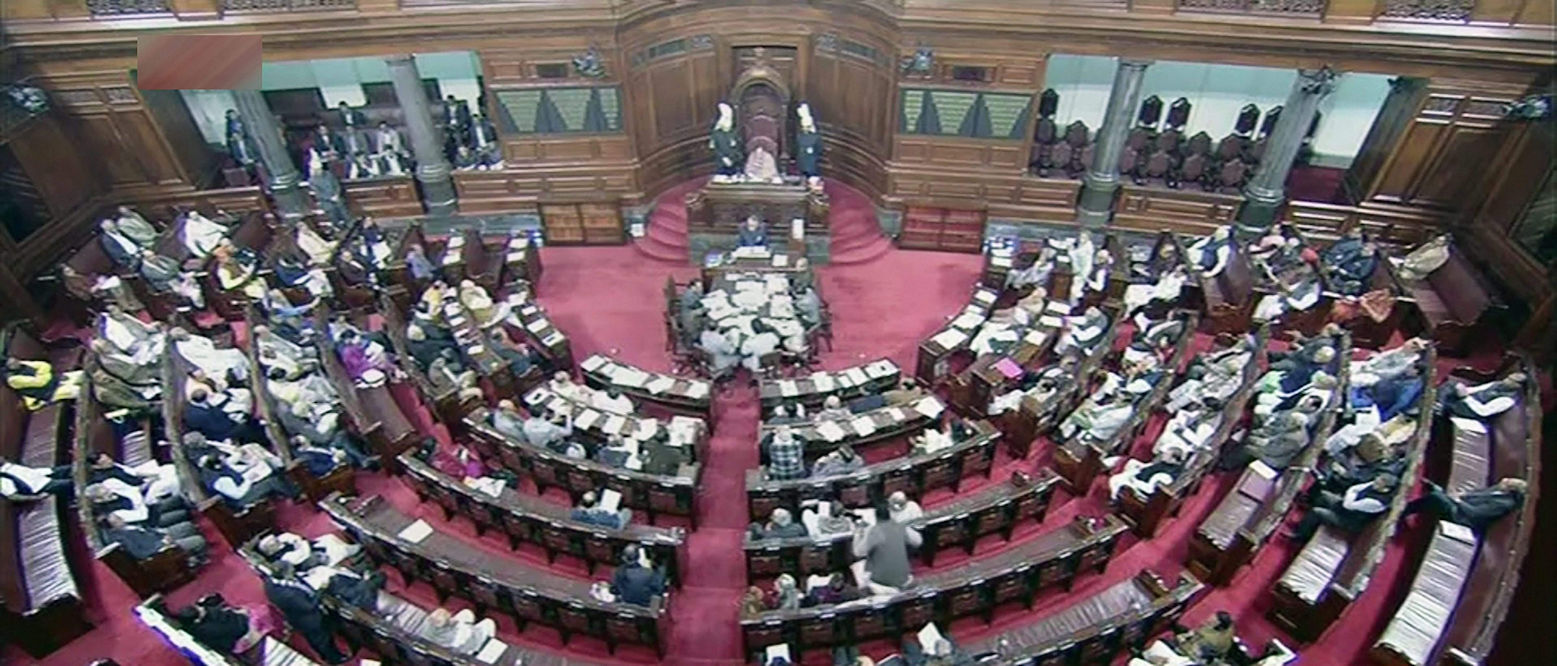The Indian MoEFCC has responded to a question on waste tyres in the Rajya Sabha, the Upper House of the Indian Parliament
The subject of waste tyre imports into India has moved up a notch since the BBC File on Four Investigates highlighted the issue that the UK tyre recycling sector has been concerned about for many years. The issue has been raised in a question to the Minister of the MoEFCC in the Rajya Sabha, raising the profile of the subject. The question sought to clarify the status of the ban on imported waste tyres, and how the emissions from the pyrolysis sector were being monitored.
In question 3263, Shri Digvijaya Singh asked: “Will the Minister of Environment, Forest and Climate Change be pleased to state:
(a) whether Government has imposed a ban on the import of waste tyres in the year 2022;
(b) if so, the reasons for this decision and the action taken against those found violating the ban; and
(c) whether the Central Pollution Control Board (CPCB) has issued any specific report,
study, or regulatory guidelines concerning emissions and chemicals released from tyre
pyrolysis plants and if so, the details thereof?”
The response from by Union Minister of State for Environment, Forest And Climate Change, Shri Kirti Vardhan Singh, in a written reply was very much as might be expected but one point in the answer raises a technical question.
The response was as follows: “Ministry of Environment, Forest and Climate Change (MoEF&CC) has notified the Hazardous and Other Wastes (Management and Transboundary Movement) (HOWM) Rules, 2016 under the Environment (Protection) Act, 1986, to ensure safe storage, treatment and disposal of hazardous and other wastes in an environmentally sound manner.
The HOWM Rules, 2016 also allow import of the hazardous and other wastes listed in Part A and Part B of Schedule III for recycling, recovery, reuse and utilization including co-processing. Import of hazardous and other wastes is not permitted for disposal in the country. The import of hazardous and other wastes listed in Part A and Part B of Schedule III of the said Rules is allowed only to actual users with due permission from the MoEF&CC and the Directorate General of Foreign Trade license, as applicable. The Waste pneumatic and other tyres falls under Schedule III Part B of the said rules and allowed for import by actual user for recycling/recovery purposes to get end product such as reclaim rubber, crumb rubber, crumb rubber modified bitumen and recovered carbon black.
MoEF&CC has notified the ‘Extended Producer Responsibility (EPR) for Waste Tyre’ in July, 2022, through amendment in Hazardous and Other Wastes (Management and Transboundary Movement) Rules, 2016 to ensure environmentally sound management of waste tyres. As per the Waste Tyre EPR notification, import of waste tyre for producing pyrolysis oil or char is prohibited. The rules have provision to ensure that the imported waste tyre is used by the actual user for recycling/recovery purposes to get end products other than Tyre Pyrolysis Oil. Also, Waste Tyre EPR Portal developed by the Central Pollution Control Board (CPCB) under the said rules, ensures that imported waste tyre is not used for the production of tyre pyrolysis oil.
CPCB has revised the Standard Operating Procedure (SOP) with respect to ‘Recycling of Waste Tyre Scrap for the recovery of Tyre Pyrolysis Oil, Pyro Gas and Char in Tyre Pyrolysis Oil (TPO) Units’ in January, 2025. The SOP has focussed on improvement of environmental performance of TPO Units across the country. The revised guidelines have been circulated to all the State Pollution Control Boards (SPCBs)/Pollution Control Committees (PCCs) for the immediate implementation and are also available at CPCB’s website.”
It is clear from reports coming from India that there is still much work to be done to close down sub-standard pyrolysis operations, or to have them convert to modern plants using the specified SOP. So, whilst the Minister might say that the rules ensure no imported tyres go to pyrolysis, the reality may well vary from the ideal.
It is also interesting that in the Minister’s response, he states that:The import of hazardous and other wastes listed in Part A and Part B of Schedule III of the said Rules is allowed only to actual users with due permission from the MoEF&CC and the Directorate General of Foreign Trade license, as applicable.
This would suggest that only tyre recyclers producing reclaim rubber or rubber materials may actually import directly. Taken literally, if a reclaim plant wanted imported tyres, they would actually have to import themselves, not through a third party. It is patently clear that this is not the case.
Against this background, the UK’s Environment Agency is going to have to do some serious work to ensure that the Annex VII documentation that it is mandating, is thoroughly and properly verified by a robust checking system. Those verifying the Annex VII will themselves have to be certified and verified by UK authorities, or it will all be for nothing.


















